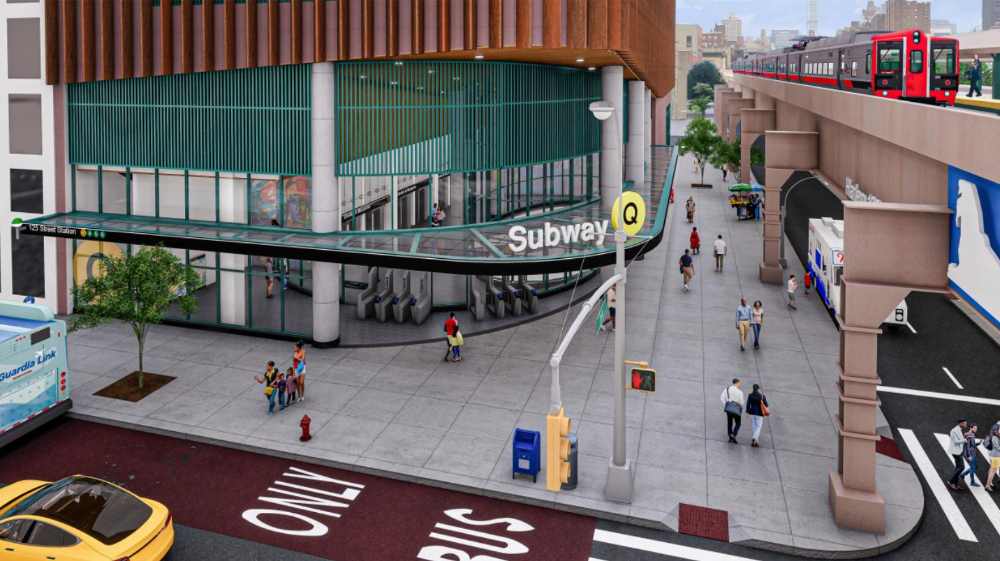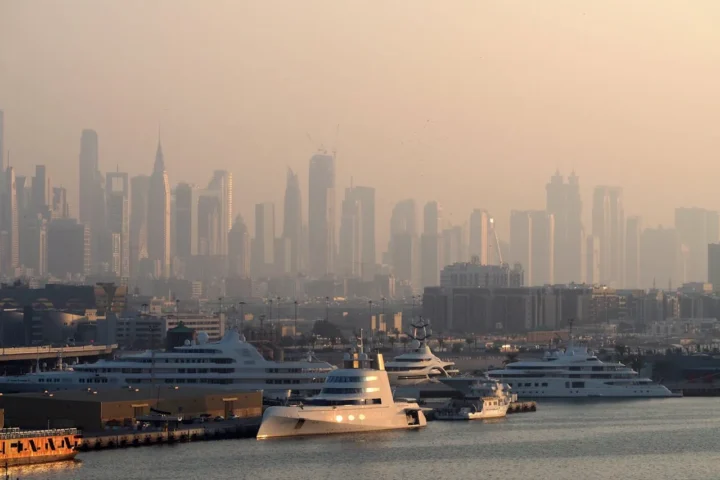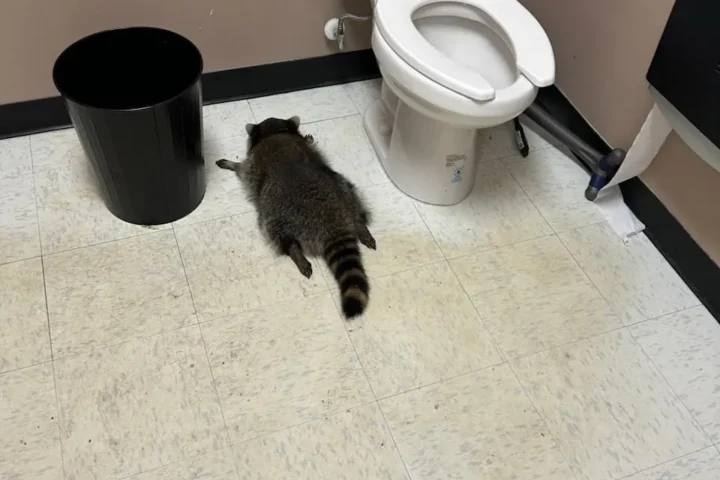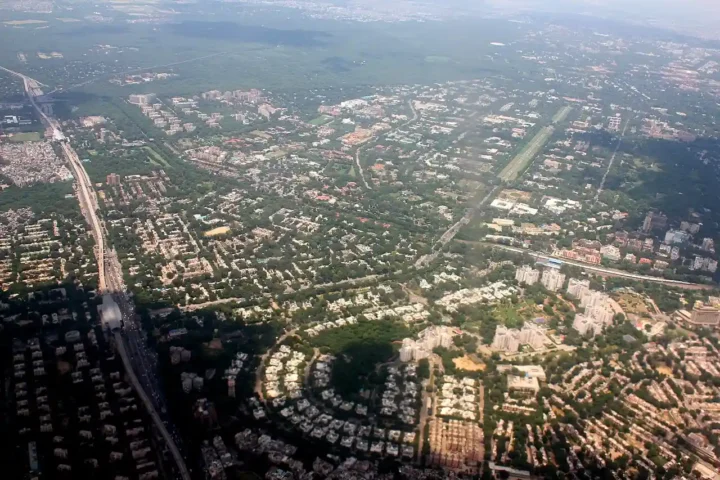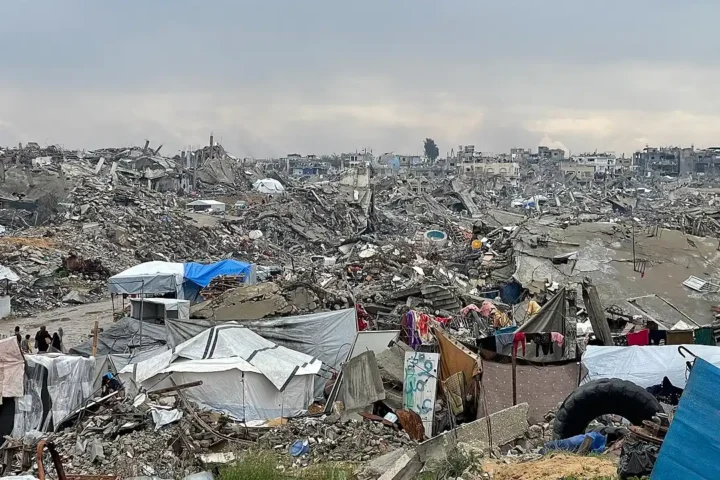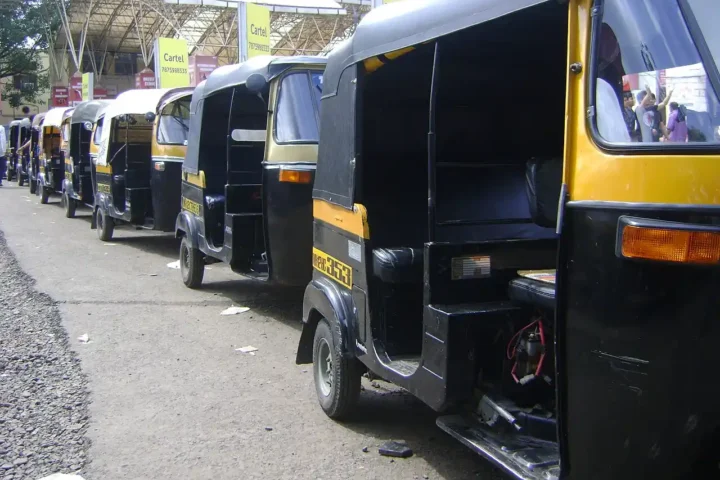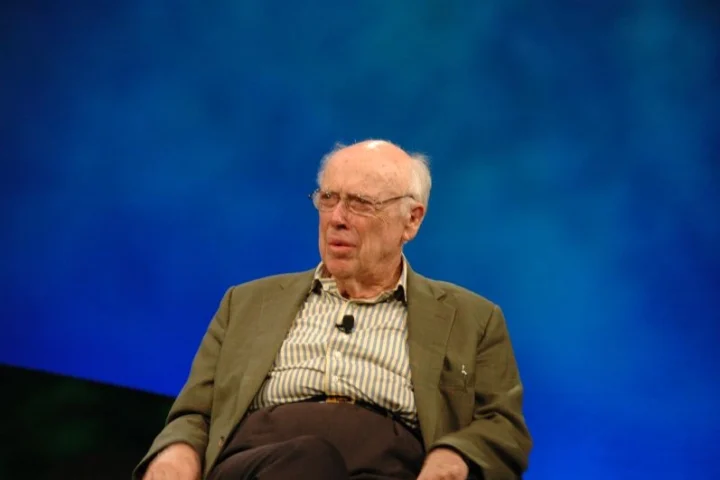The Metropolitan Transportation Authority is set to approve a $1.97 billion contract that will bring subway service to East Harlem, a community that has waited decades for better transit options. The MTA board will vote Monday to award the tunneling contract to Connect Plus Partners, a joint venture between New York-based Halmar International and Spain’s FCC Construction.
The contract represents a major milestone for Phase 2 of the Second Avenue Subway project, which will extend the Q line north from 96th Street with new stations at 106th, 116th, and 125th streets. The $6.99 billion project aims to open in September 2032, serving an estimated 110,000 daily riders in what officials describe as a long-standing “transit desert.”
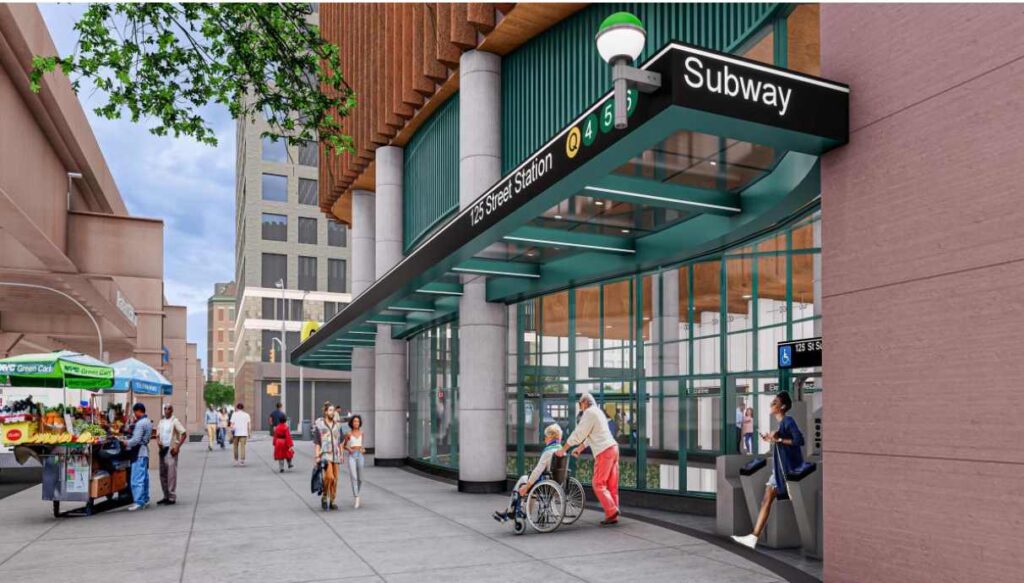
“This day is a long time coming,” said Jamie Torres-Springer, president of MTA Construction & Development, during a press briefing. “Phase One opened in 2017, but the residents of East Harlem have been left without subway service, and they deserve subway service.”
The work includes transforming an existing 2,500-foot tunnel from the 1970s located between 110th and 125th streets into a functioning station area, digging a new 8,400-foot tunnel extending to Malcolm X Boulevard, hollowing out space for the 125th Street Station, and creating necessary openings for support facilities and station entrances.
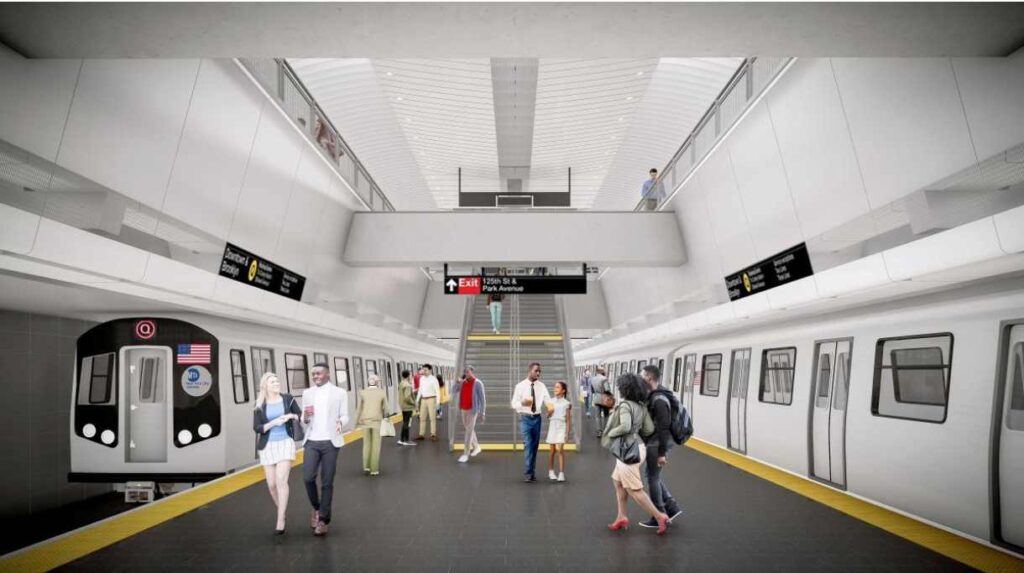
When both phases are complete, the entire Second Avenue line is projected to serve approximately 300,000 riders per day, with Phase 1 already operating from 72nd to 96th streets. In her statement about the project, Governor Kathy Hochul was clear: “Now, with the MTA poised to award this major contract, the time for promises to East Harlem is over and the time for building is here.”
The MTA is applying lessons learned from the costly first phase, which opened in 2017. Torres-Springer said the agency has identified ways to save money, including reducing station sizes and getting utility relocation done early. “It always takes longer than you think,” he noted about moving utilities, which is already underway for the 106th Street station.
Similar Posts
The tunneling will use innovative technology – a 1.5 million-pound German-made variable-density tunnel boring machine that can switch between soft soil and hard rock without being disassembled. The new machine improves upon previous technology by combining excavation and tunnel lining installation into one seamless operation, allowing for a 40% smaller workforce and projected labor cost reductions of around $100 million.
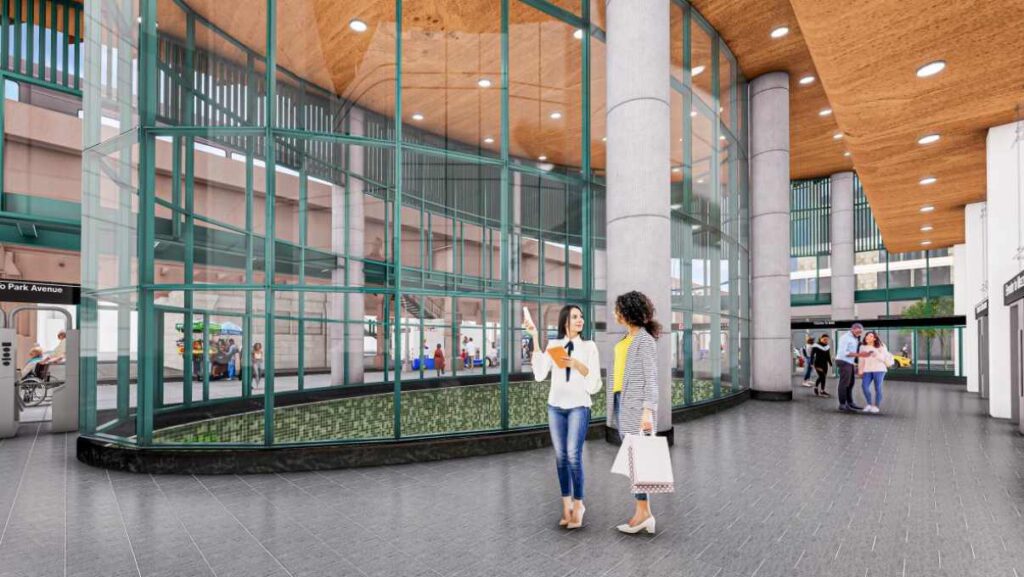
The project also includes reusing tunnel segments built in the 1970s, early property acquisition, and reducing back-of-house space at stations. These and other efficiency measures have reportedly trimmed more than $1 billion from initial cost estimates.
Funding for the extension includes $3.4 billion from the Federal Transit Administration, with the remainder coming from MTA capital funds, including revenues from congestion pricing that began earlier this year.
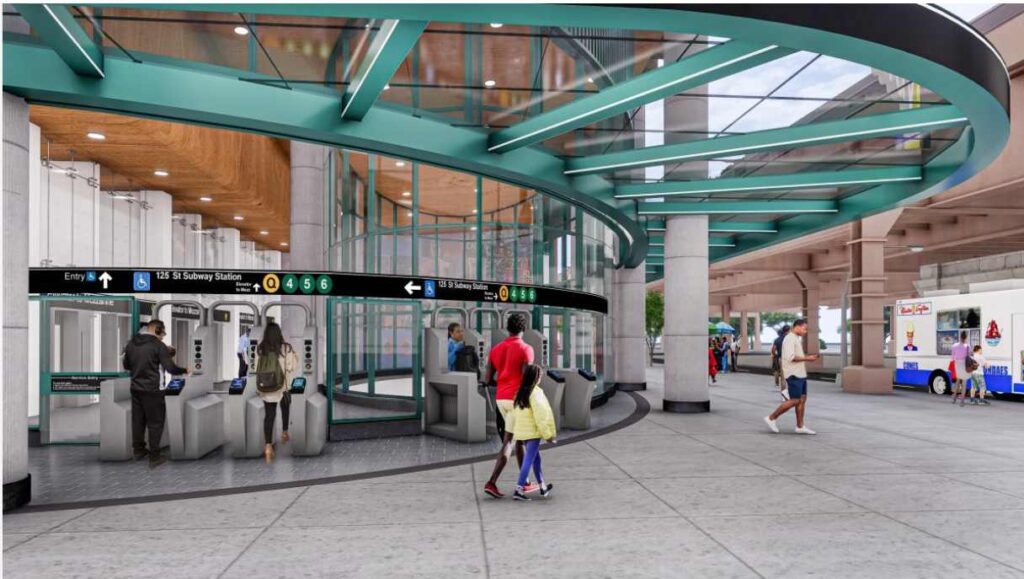
The property acquisition process continues, with the MTA needing to secure an additional seven properties for completing the 106th Street station and another ten parcels to finalize plans for the 116th Street station, though all essential properties to begin construction have been obtained.
One concern for the MTA is the potential impact of rising costs for imported materials due to recently implemented tariffs. “It is a concern and a risk, and the uncertainty doesn’t help,” Torres-Springer said.
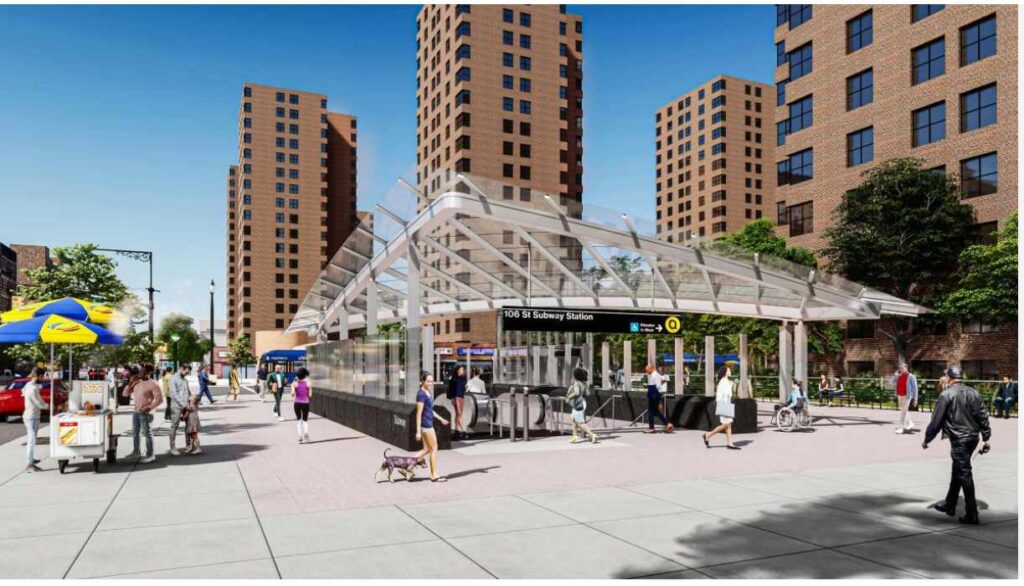
The Second Avenue Subway has been in planning since 1920, with the first segment finally opening New Year’s Day 2017 after numerous false starts over the decades. The upcoming extension will transform commutes for East Harlem residents who have long depended on limited bus service or lengthy walks to reach the often overcrowded trains on the Lexington Avenue line.
